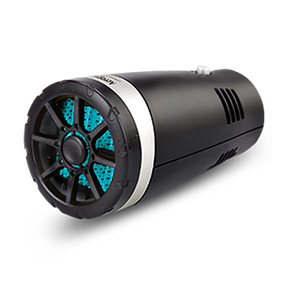accelerator pedal cable
Understanding the Accelerator Pedal Cable Key to Optimal Vehicle Performance
The accelerator pedal cable is a crucial component in the driveability of modern vehicles. Often overlooked, this simple yet essential part plays a significant role in translating the driver’s intentions into the vehicle’s speed and acceleration. Understanding its function, maintenance, and potential issues can help vehicle owners ensure optimal performance and safety.
What is the Accelerator Pedal Cable?
The accelerator pedal cable, also known as the throttle cable, connects the accelerator pedal to the engine's throttle body. When the driver presses the pedal, the cable pulls on a lever connected to the throttle, which controls the amount of air and fuel that enters the engine. This mechanism allows for responsive acceleration, providing a seamless driving experience.
In older vehicles, the accelerator pedal cable was purely mechanical, relying on physical interaction and tension to manage the throttle. However, with advancements in automotive technology, many modern cars are equipped with electronic throttle control systems that use sensors and motors to achieve similar outcomes without the need for a physical cable. Despite this shift, understanding the traditional cable system remains relevant, especially for those dealing with classic cars or specific older models.
Importance of the Accelerator Pedal Cable
The accelerator pedal cable is important for several reasons
1. Responsiveness A properly functioning cable allows for immediate throttle response, ensuring that the vehicle speeds up or slows down according to the driver’s commands. This immediate response is crucial for safe driving, especially in fast-paced environments like highways.
2. Smooth Operation A well-maintained cable contributes to smooth acceleration and deceleration, enhancing the overall driving experience. A snagged or worn cable can cause jerky motions, making the vehicle difficult to control.
3. Fuel Efficiency Efficient throttle control can also impact fuel consumption. A stuck or frayed cable may cause the engine to receive incorrect signals about the required power, leading to wasted fuel and increased emissions.
accelerator pedal cable

4. Safety In emergencies, the ability to quickly accelerate or decelerate can be life-saving. A malfunctioning accelerator cable can result in unintended acceleration or an inability to speed up when needed.
Maintenance and Common Issues
Regular maintenance of the accelerator pedal cable can help prevent common issues. One of the most frequent problems is fraying or breaking of the cable itself. Signs of cable wear include difficulty in accelerating, a sticky pedal, or irregular engine response.
1. Inspect Regularly Vehicle owners should periodically check for visible signs of wear on the accelerator cable. Look for fraying, corrosion, or binding spots along the cable pathway.
2. Lubrication Proper lubrication can enhance the performance and lifespan of the cable. If the cable is exposed and accessible, applying a suitable lubricant can minimize friction and promote smooth operation.
3. Replacement If the cable shows significant wear or breaks, it’s essential to replace it promptly to maintain safety and performance. Choosing a high-quality replacement part ensures durability and proper functionality.
4. Professional Assistance Many vehicle owners may not feel comfortable inspecting or replacing the accelerator pedal cable themselves. Seeking help from a certified mechanic can ensure that any issues are diagnosed and resolved professionally.
Conclusion
The accelerator pedal cable, though a small component in the complex machinery of a vehicle, plays a pivotal role in overall performance and safety. Regular maintenance and awareness of potential issues can significantly enhance driving experience and safety on the road. Whether you drive a classic car or a modern vehicle, understanding the importance of the accelerator pedal cable is key to ensuring a smooth, responsive, and enjoyable ride. By paying attention to this often-overlooked component, vehicle owners can contribute to their vehicle’s longevity and efficiency, ensuring that their car remains safe and enjoyable to drive for years to come.
-
Workings of Clutch Pipe and Hose SystemsNewsJun.04,2025
-
The Inner Workings of Hand Brake Cable SystemsNewsJun.04,2025
-
The Secrets of Throttle and Accelerator CablesNewsJun.04,2025
-
The Hidden Lifeline of Your Transmission Gear Shift CablesNewsJun.04,2025
-
Demystifying Gear Cables and Shift LinkagesNewsJun.04,2025
-
Decoding Clutch Line Systems A Comprehensive GuideNewsJun.04,2025
